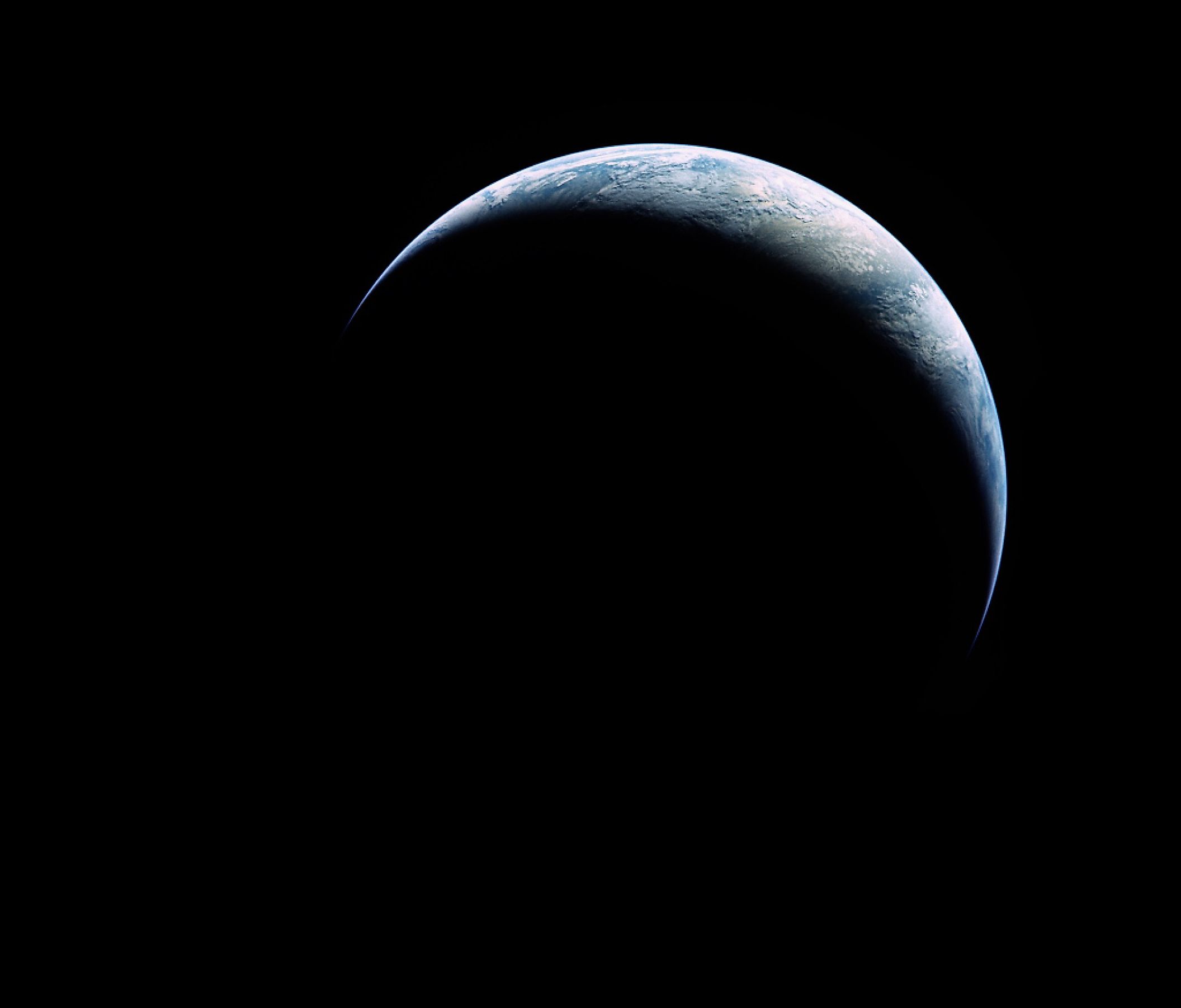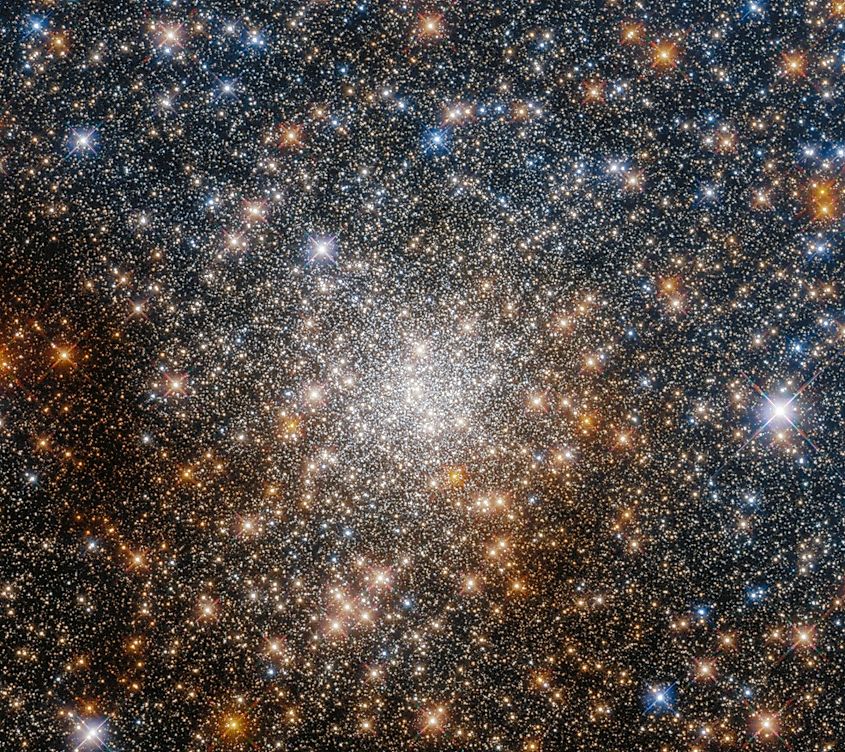
What Is Atmospheric Distortion?
When you look up at the night sky, you have likely noticed that the stars twinkle. Interestingly, stars do not actually twinkle. If you were to leave the Earth’s atmosphere, the stars would appear solid. The twinkling of a star is not caused by the star itself, but rather, is caused by the distortion of the star’s light as it passes through our atmosphere.
Refraction Of Light

If you look at any given star through a telescope, they will appear blurry. As starlight passses through our atmosphere, the light bends as it interacts with atoms and molecules in the air. The light undergoes a process called refraction, wherein the beam of light is bent and distorted. Beams of light are trying to travel in a straight line, yet our atmosphere acts as a kind of barrier, bending any light that tries to pass through. In addition to the chemicals in our atmosphere, the amount of heat can also refract and distort incoming light. If you try observing a star on a hot summer night, the distortion of starlight will be more extreme than if you observed that same star on a cold winter night.
Earth-Based Telescopes And Space Telescopes
Atmospheric distortion actually poses a significant problem for astronomical observations on Earth. Telescopes on Earth have to observe distant objects while their light is distorted by the atmosphere. This tends to make it difficult to observe distant objects in high resolution. Although scientists have developed corrective lenses that can slightly overcome atmospheric distortion, it is impossible to eliminate it entirely. However, one way to eliminate atmospheric distortion is to simply send a telescope into space, where light cannot be distorted by an atmosphere. Space telescopes are able to take far better images of the universe due to a lack of atmospheric distortion. In fact, a space telescope can even be significantly smaller than an Earth-based telescope and still take better images of space. For example, the Hubble Space Telescope is capable of taking the highest resolution images of space, yet its mirror is only 2.4 meters in diameter. Meanwhile, the largest telescope on Earth is the Mauna Kea Observatory in Hawaii, which has a mirror ten meters in diameter. Despite the fact that Mauna Kea is significantly bigger than Hubble, the lack of atmospheric distortion in space means that Hubble can take images of high resolution and discern objects that are at a further distance.











